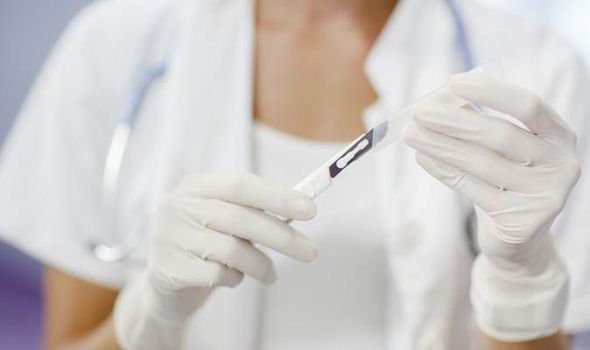Your Guide to Adult Circumcision Surgery Pre-Care

Circumcision surgery remains one of the oldest surgical procedures in existence today. It is one that surgeons perform for religious, cultural, or health-related reasons and sometimes to reflect personal preference. The adult circumcision surgery is an option for those men who did not have the surgery as infants.
According to the United States Centers for Disease Control and Prevention, as much as 79% of American men report that they have gone through circumcision. Male circumcision is a surgery done for the removal of the foreskin of the penis. The “foreskin” is the fold of the penis that covers its tip.
In terms of surgical accuracy, circumcision differs dramatically from infant circumcision along with the skill required to achieve optimal patient results. Usually, surgeons who specialize in this cosmetic surgery use a scalpel rather than a clamp and scissors. They use absorbable sutures of the highest quality, which is most suitable for cosmetic surgeries.
As a religious or routine medical practice, individuals who choose to undergo the surgery do not take extra precautions for optimal results. In fact, there are varying outcomes as to the physical nature of the remaining aesthetics, and the procedure certainly depends on the amount of care and precautionary steps you follow.
Pre-care a Week Before Your Surgery
- Ask your friend or family member to drive you home after your surgery. Make sure that you do not attempt to drive yourself home.
- You should ask your healthcare provider about how many days before the procedure you need to stop having sexual intercourse.
- You should ask your Circumcision Centercaregiver if you must stop prescribed over-the-counter-medications, aspirins or other pills before your surgery or procedure.
- When you see your healthcare provider or caregiver, bring your medicine bottles or your list of medicines. If you experience allergic reactions to any medicine, make sure that you tell your caregiver. If you use food supplements, herbs, or any other alternative medicine, ensure that you inform your surgeon.
- If you have other known diseases, including bleeding disorders, diabetes, kidney or heart problems, make sure that you inform your surgeon. In case you have sores or wounds in your genital area, or any infection that needs attention prior to the surgery, inform your doctor. Your surgeon or healthcare provider may also need to know if you had any sort of surgery on your penis in the past. These could include penile prosthesis or other procedures on your lower genital tract or abdomen.
- You will also need to have urine tests and blood tests along with some others such as an electrocardiogram (ECG), or chest x-ray. You should ask your healthcare provider for further information about other tests that you may need. Take note of all the tests, dates, and location.
- The night before your surgery, ask the experts for the food type you need to consume.
What Happens During the Surgery?
- An hour before your surgery, surgeons may give you medicines to help you relax. Surgeons may give you general, local, or regional anesthesia to numb the surgical area or put you to a short sleep. If surgeons inject you with a general anesthesia, they would put an ET (endotracheal tube) into your nose or mouth to help you breathe during the surgery.
- Sometimes, surgeons apply numbing creams to the top skin of your penis, about 30 to 60 minutes prior to your surgery. This helps to decrease the pain when the anesthesia injection moves into your penis during the procedure. Experts will then use antiseptics, water, and soap to clean your genital area and abdomen.
- If your surgeon uses the dorsal slit technique, they will use forceps to grasp the foreskin. They will further make incisions on the top part of the foreskin using a special knife or scissors. After making the slit, they pull the foreskin back to expose the glans. Surgeons then use electric current (electrocautery) to control the bleeding. Medical sutures then help to secure the area along with adhesive ( a glue-like substance). Surgeons then apply some petroleum jelly and bandage over the incision.
- However, if your surgeon chooses the sleeve technique, they will draw a line around the base of the foreskin. This serves as a marker, where they will make incisions. This line also helps to measure the correct amount of foreskin that needs removal. Your surgeon will then make two cuts around the base of the foreskin and inside the foreskin. This releases a tube (or sleeve) of the foreskin, which will get off by pulling it over the glans. The cut edge of the gap (ring-like) is then left and it will fill by pulling the remaining foreskin. Electrocautery or pressure then helps to stop the bleeding.
- Surgeons then use stitches and bandage the area with some petroleum jelly over the incision.
After your procedure, surgeons will keep you in for a few hours, after which they would let you go home. You will have to refrain from strenuous activity, care for the incisions after every shower and follow care tips from your surgeons. You have the right to plan your care, discuss the treatment options with your surgeons and decide what care you receive.






